Hola, art lovers! 🎨 There are museums that showcase masterpieces, and then there are museums that tell stories. The Museu Picasso (Picasso Museum) in Barcelona belongs firmly to the second category. Here, you don’t just admire finished works, you witness the making of an artist. From delicate childhood sketches to the haunting shades of the Blue Period, the museum traces Picasso’s journey from talented prodigy to groundbreaking genius.
Set inside a cluster of Gothic palaces in El Born, the museum is a world within a world. As I walked through its stone courtyards and archways, I felt like I was following Picasso’s footsteps through the city he once called home. Barcelona shaped him in ways Paris never could, and the Museu Picasso captures that story with over 4,000 works that reveal his beginnings.
A Gothic Setting for a Modern Master
The museum opened in 1963, largely thanks to Picasso’s close friend and secretary, Jaume Sabartés, who pushed to honor the artist’s deep ties to Barcelona. Picasso himself insisted that his early works remain here, a tribute to the city that first embraced him as a young painter. Rather than a single grand building, the museum occupies five interconnected Gothic palaces along Carrer Montcada: Palau Aguilar, Palau del Baró de Castellet, Palau Meca, Casa Mauri, and Palau Finestres. Each one dates back to the 13th-15th centuries, with arched windows, ribbed stone ceilings, and atmospheric courtyards.
I remember stepping into the first courtyard, the air cooler and hushed after the buzz of El Born. The Gothic arches framed the space perfectly, and I felt like I was about to enter a secret – Picasso’s Barcelona, hidden inside medieval walls.
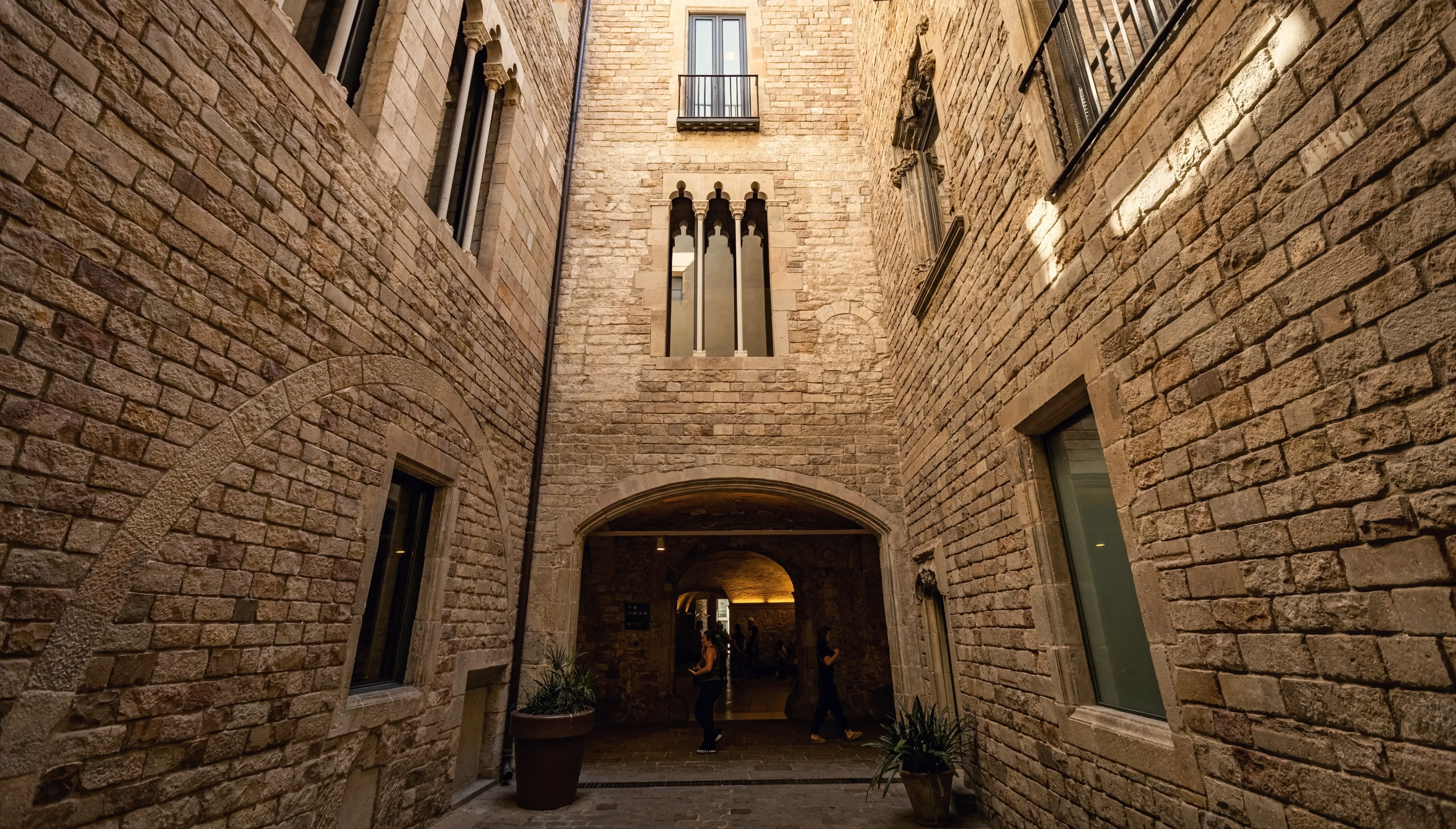
What You’ll See Inside
The Museu Picasso isn’t about showing his most famous Cubist works (you’ll find those in Paris or New York). Instead, it gives you something more intimate: the chance to see the evolution of a genius.
Here are the highlights:
1. Childhood Sketches and Student Works
Picasso’s extraordinary talent was visible from the start. At just 15, he painted “First Communion”, a solemn religious scene depicting his sister kneeling before the altar. The detail, the realism, the light – it’s almost impossible to believe it was created by a teenager. Nearby, “Science and Charity” (1897) shows the same academic precision, with a sick woman tended by a doctor and a nun. These works reflect his training at Barcelona’s Escola de Belles Arts de la Llotja, where he astonished teachers by completing courses in record time. Standing before these canvases, I couldn’t help but feel a sense of awe, this wasn’t just raw talent, it was destiny.
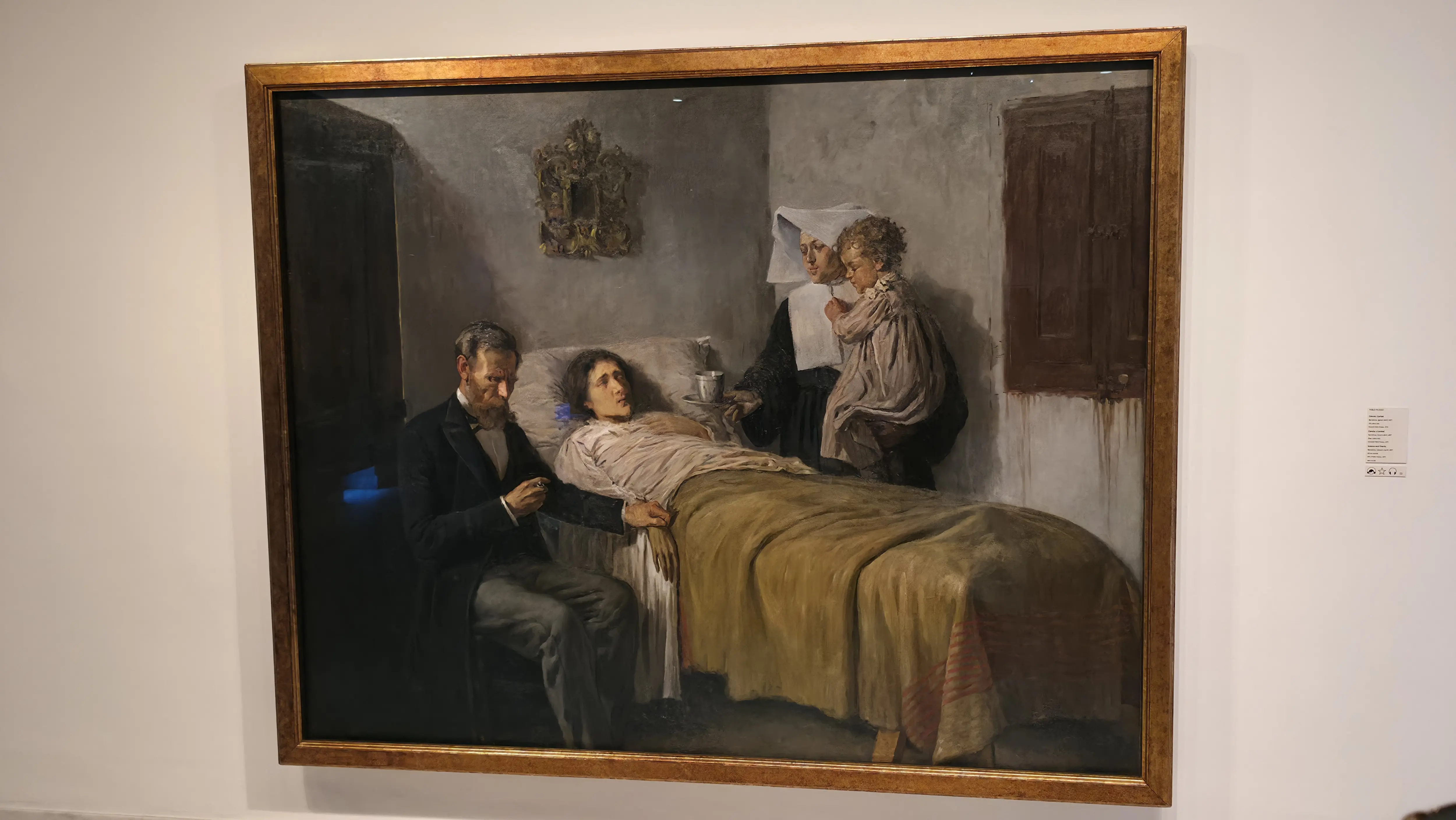
2. The Blue Period
One of the most moving parts of the museum is its exploration of Picasso’s transition into the Blue Period, that haunting stage marked by grief, solitude, and compassion. The trigger was the suicide of his close friend Carlos Casagemas in 1901, an event that deeply scarred the young artist. While the most famous Blue Period masterpieces (La Vie, The Old Guitarist) are housed in museums abroad, the Museu Picasso preserves several portraits, drawings, and early canvases that reveal how this chapter began. In these works, you see gaunt faces, elongated figures, and muted tones – studies of the poor, the blind, and the marginalized. They may be less monumental than the pieces in Cleveland or Chicago, but they carry the same raw emotion and intimacy, especially knowing their roots are tied to Barcelona.
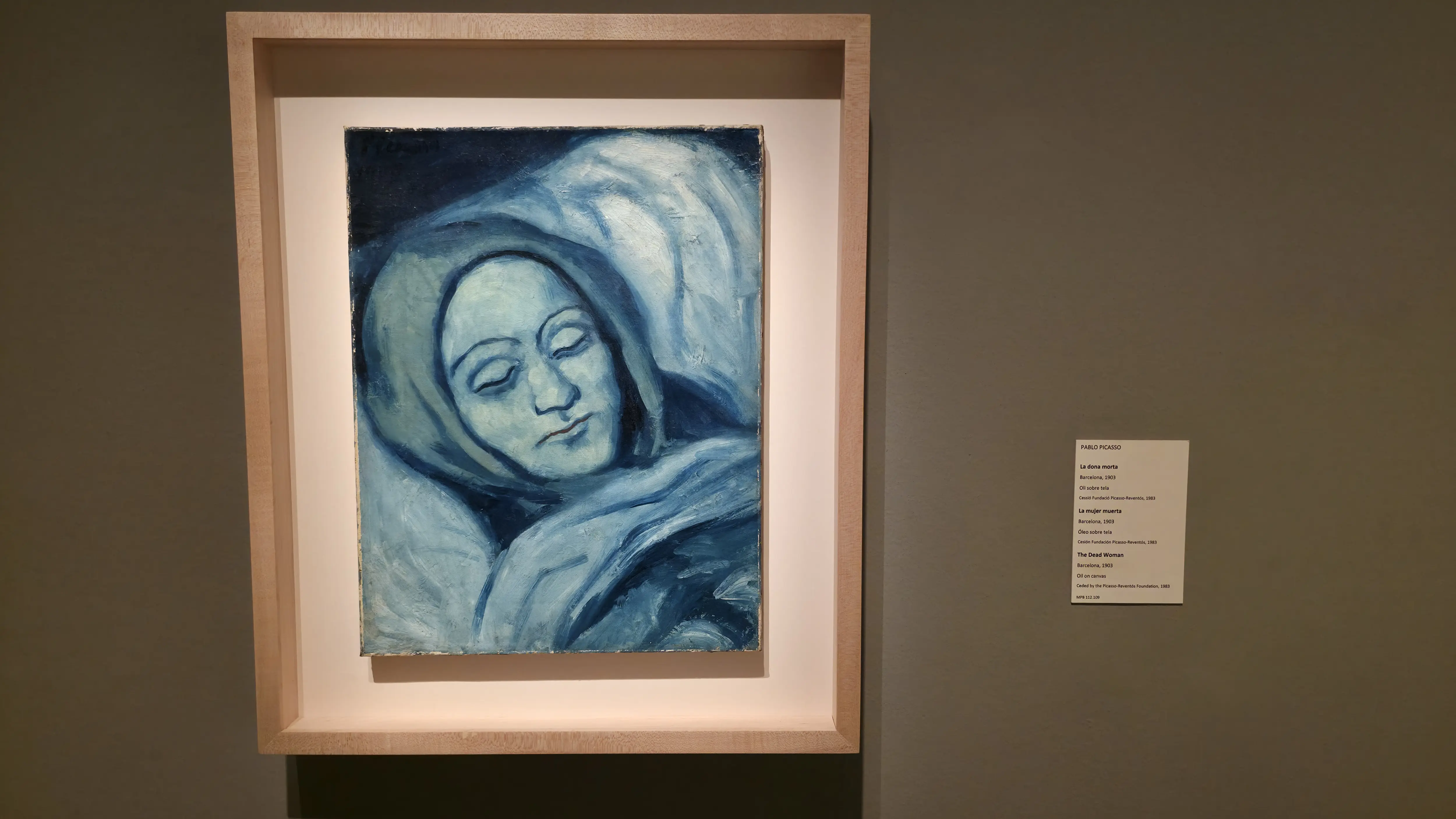
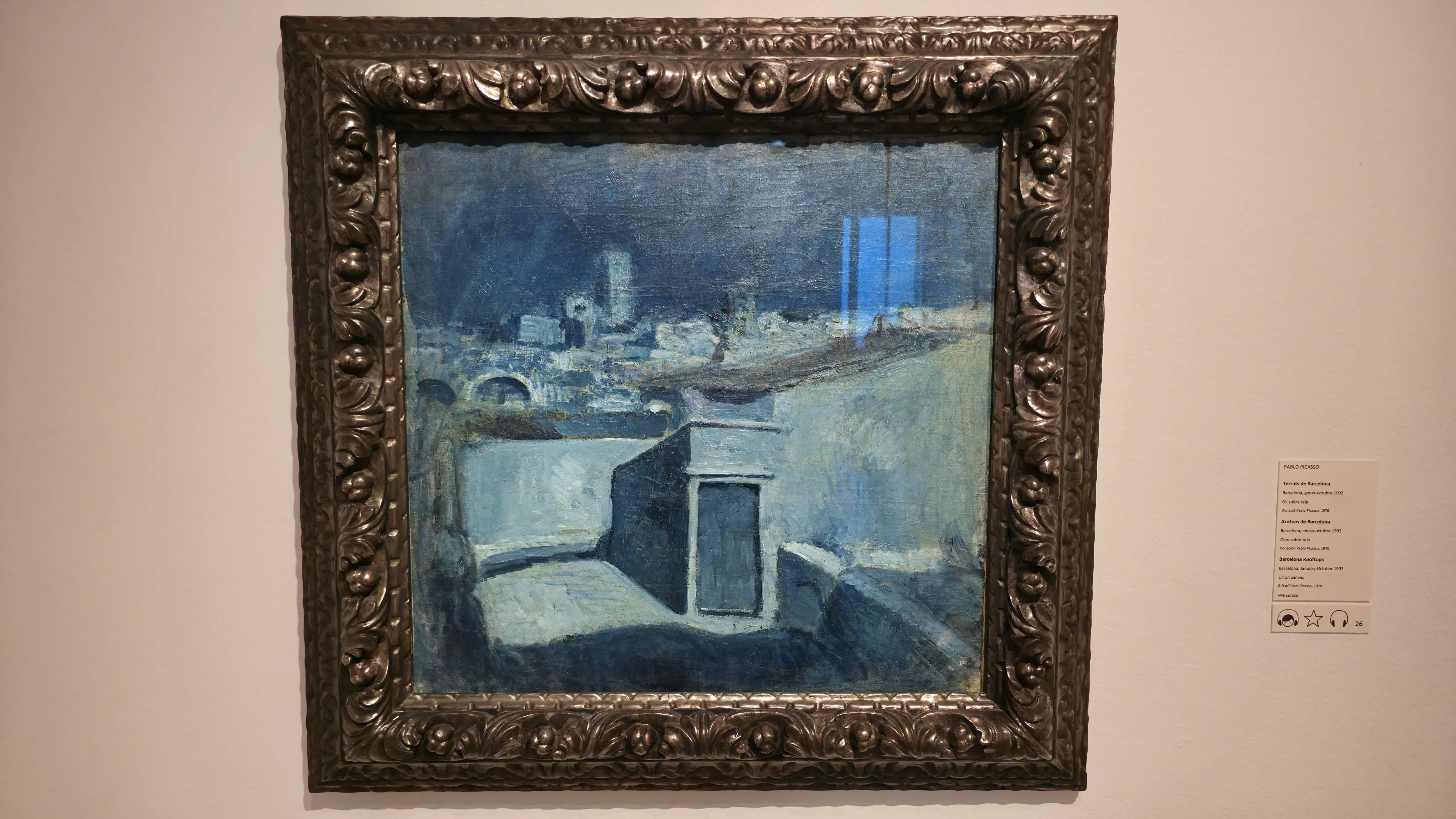
Standing in that gallery, I felt the silence almost weigh on me. The shades of blue weren’t just colors; they were emotions translated into brushstrokes – loneliness, empathy, and the heaviness of mourning. It was like Picasso was teaching us that art could feel, suffer, and heal all at once.
3. The Las Meninas Series
Perhaps the crown jewel of the museum is Picasso’s reinterpretation of Velázquez’s “Las Meninas”. In 1957, he created 45 versions of the Spanish masterpiece, breaking it down, reimagining it, and reconstructing it in his own language of Cubism. In Barcelona, you can see the entire series displayed together – something unique in the world. The variations range from almost faithful reproductions to wildly abstract interpretations, proving how one image can inspire endless creative possibilities.
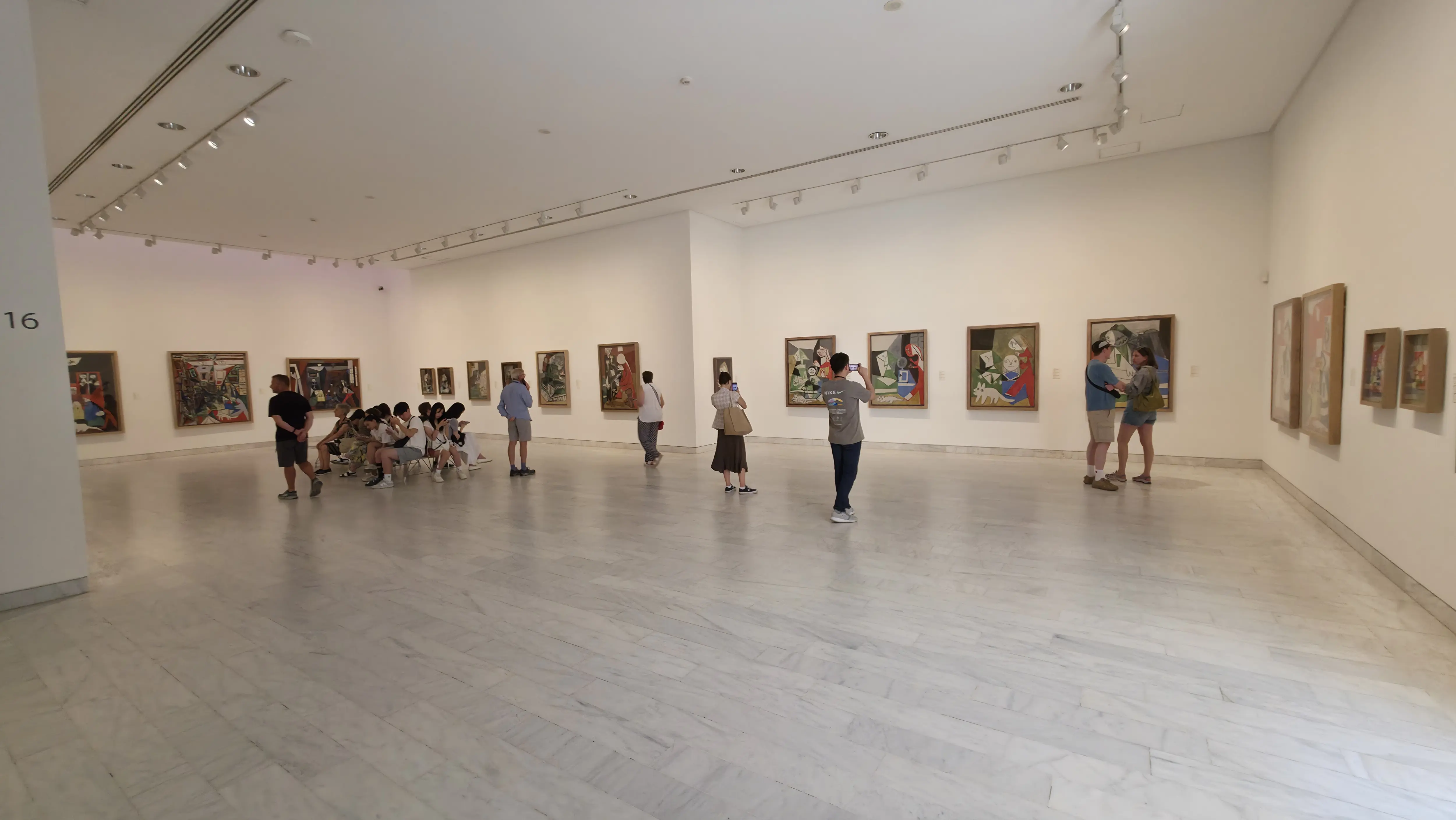
I stood in that room for nearly half an hour, moving from canvas to canvas. It felt like eavesdropping on Picasso’s private conversation with Velázquez, a dialogue across centuries.
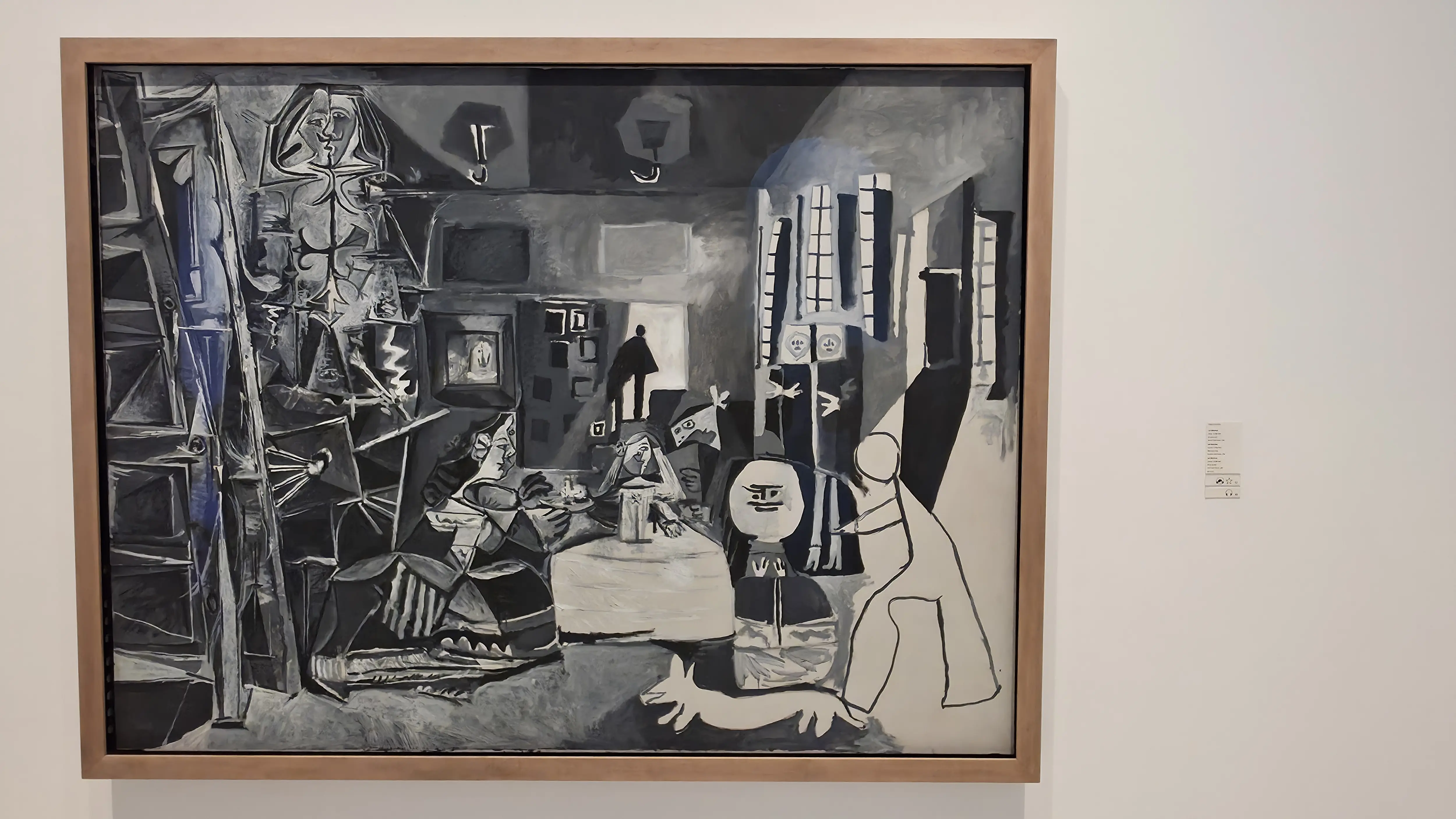
4. The Ceramics Collection
While better known as a painter, Picasso was endlessly curious about new mediums. The museum holds a delightful collection of his ceramics, including plates, bowls, and jugs decorated with playful motifs: faces, bulls, fish, and suns. These pieces reveal another side of Picasso, not the tormented genius, but the experimental craftsman who delighted in transforming everyday objects into art. They’re whimsical, joyful, and often overlooked, making them a hidden highlight of the museum.
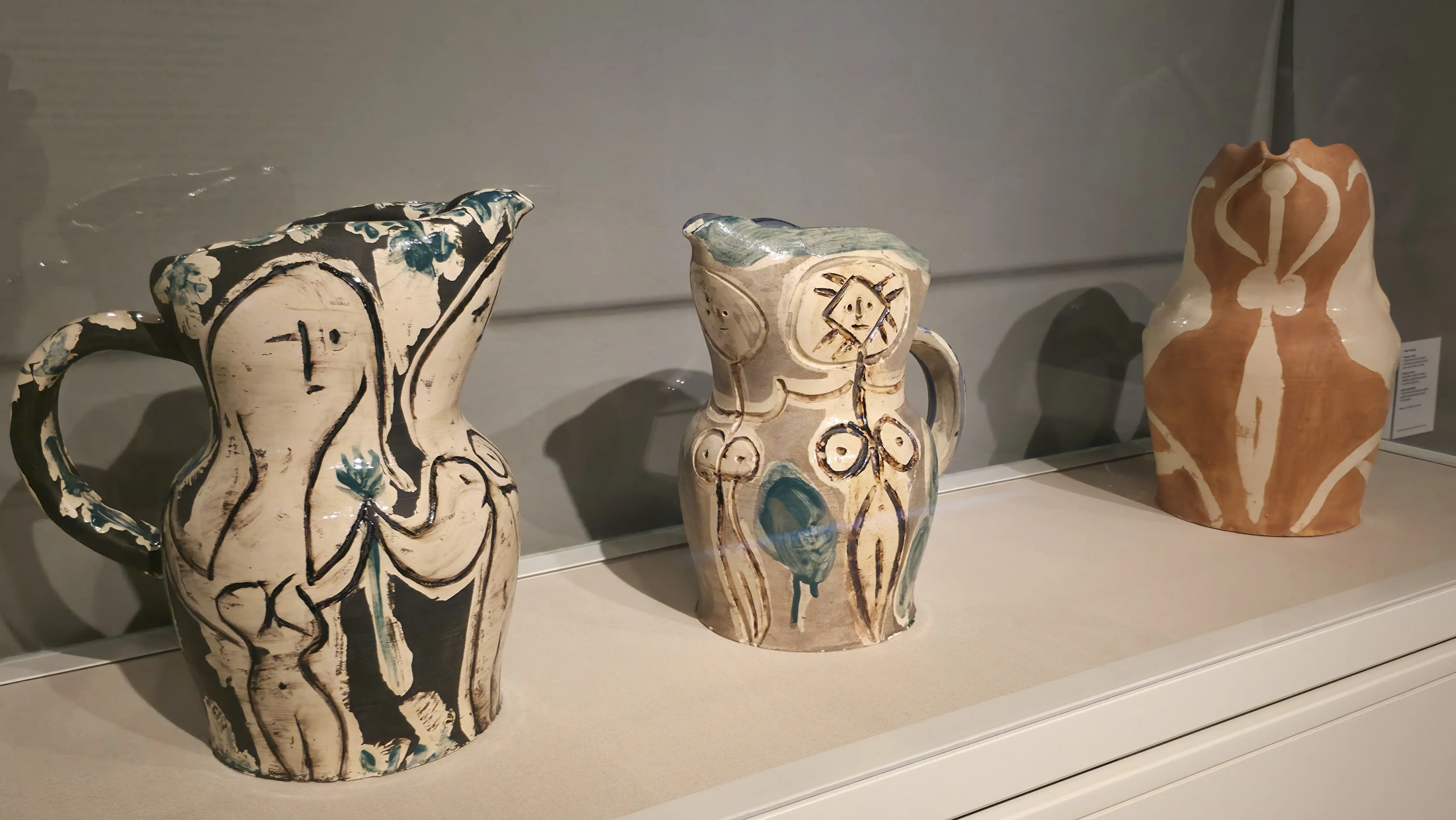
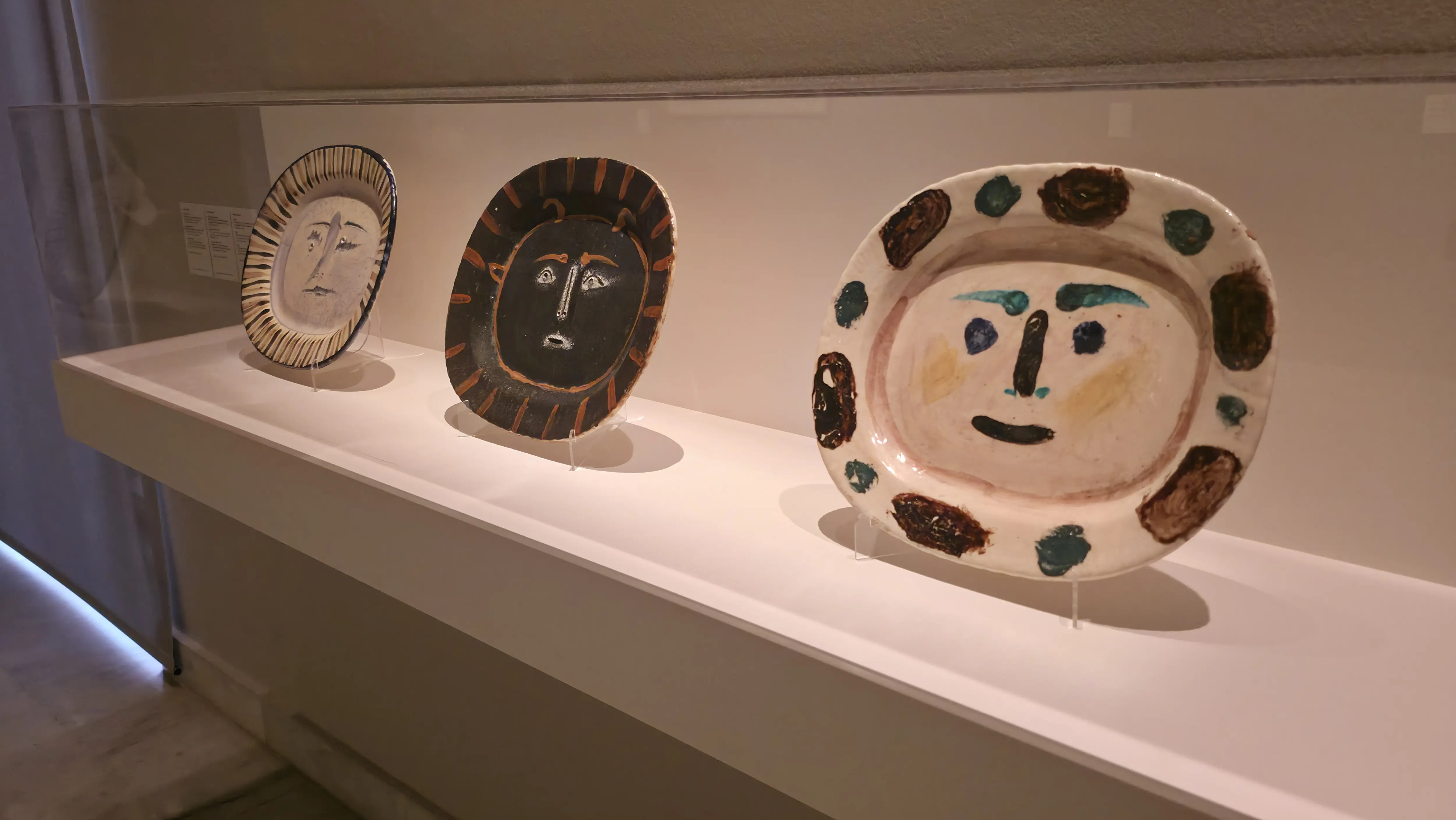
Why It Matters
What makes the Museu Picasso so special isn’t just the art, but the story it tells. You see Picasso’s Barcelona years come alive – his student days, his friendships, his tragedies, and his experiments. While Paris may have made him famous, it was Barcelona that gave him the foundation to break rules and reinvent art. This museum is also a testament to Picasso’s gratitude. By placing so many of his works here, he ensured Barcelona would forever be linked to his story. Visiting feels less like a gallery stroll and more like a personal diary laid open for the world.
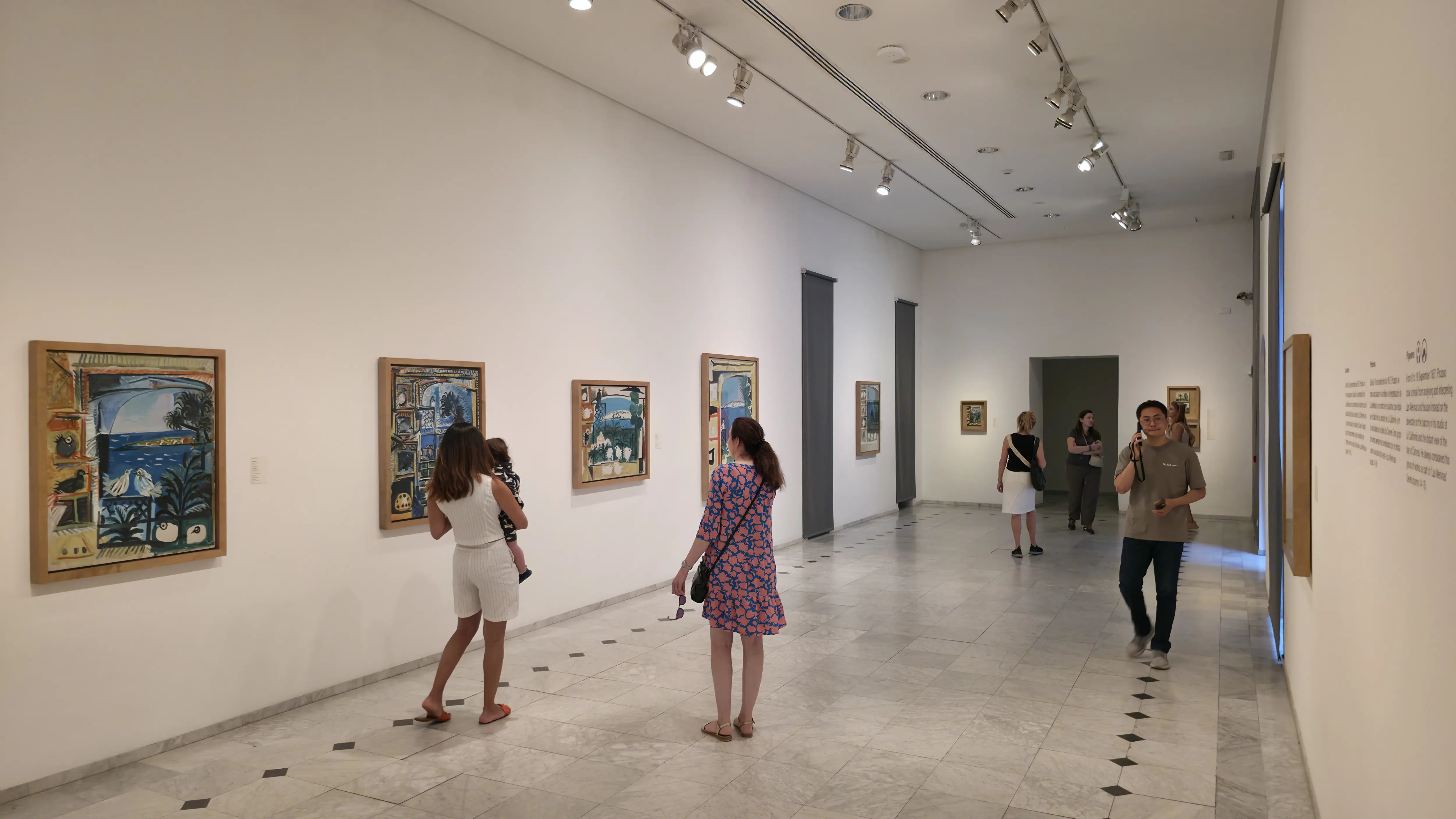
Bubbly Tips for Visiting
- Tickets: Book online. Queues can be long, especially in peak season.
- Free Entry: Thursdays evenings (check the official website for exact times), and the first Sunday of each month. Crowded, but a great budget option.
- Best Time: Late afternoons during the week are calmer. Avoid Saturday mornings unless you enjoy company!
- Location: Carrer Montcada in the El Born neighborhood, a street filled with other historic palaces.
- Nearby Eats: Reward yourself after your visit with tapas or dessert at Cafe Pablo.
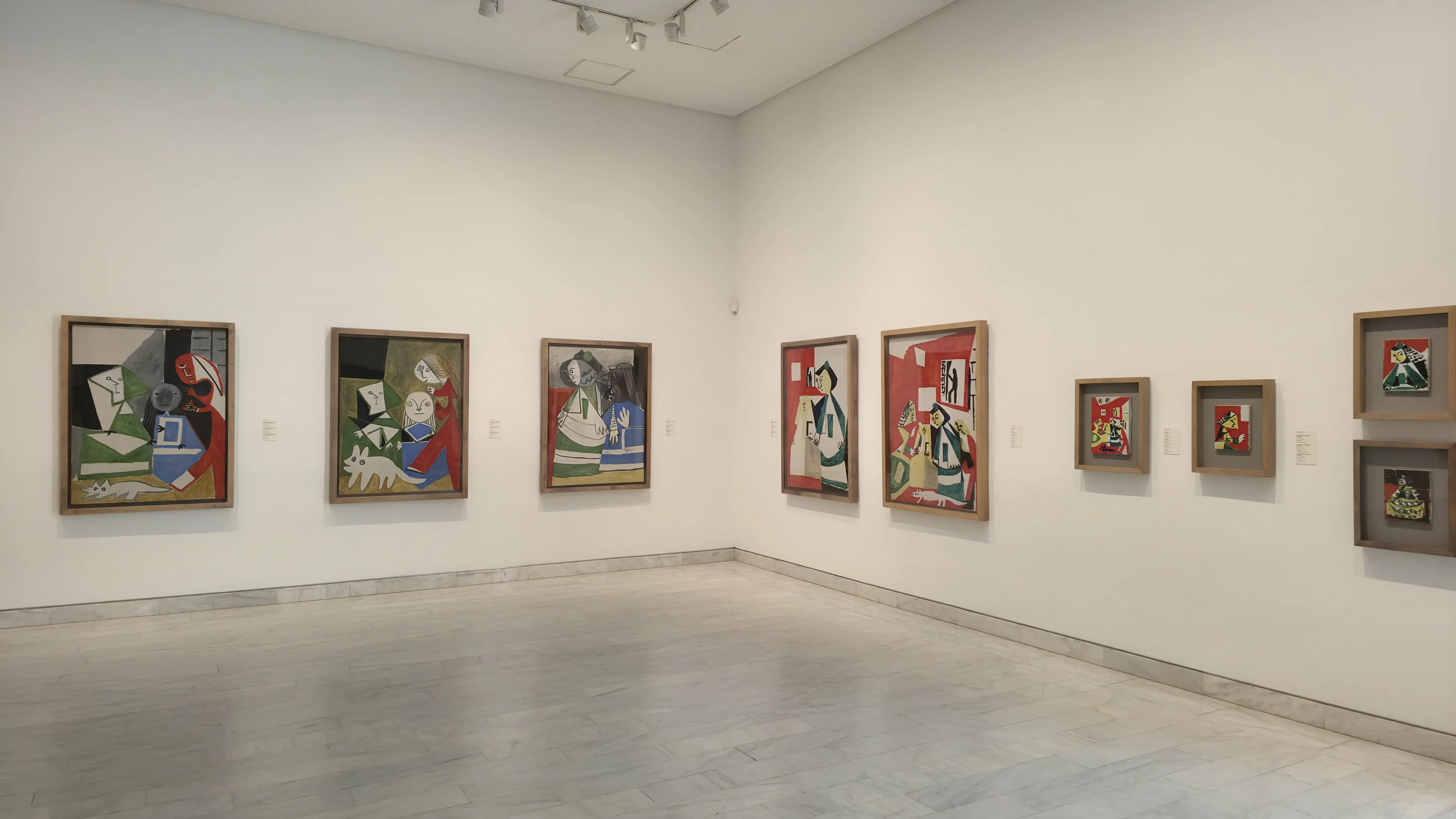
Through My Eyes
For me, the Museu Picasso was one of those rare places where art and setting merged seamlessly. I remember pausing in the cool stone courtyard between palaces, sunlight spilling through a Gothic window, before turning a corner and finding myself in front of “First Communion”. The leap from a devout teenage painting to the radical Las Meninas series just a few rooms later was breathtaking. It was like watching Picasso grow before my eyes, from boy to master. And I couldn’t shake the thought: Barcelona held his beginnings, and somehow, it still holds his spirit.
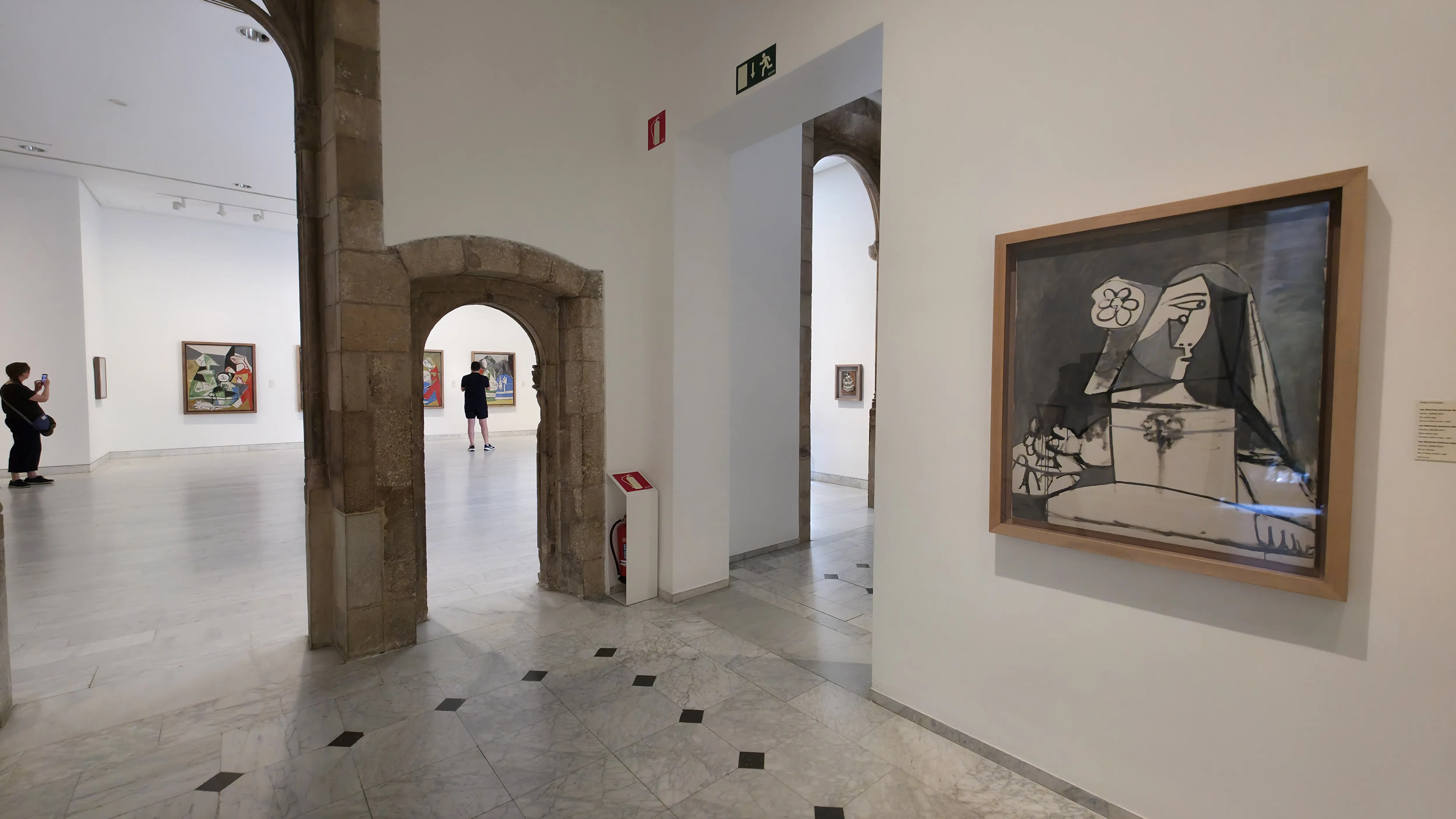
Final Thoughts
The Museu Picasso in Barcelona isn’t just for art lovers. It’s for anyone curious about how genius takes shape. It’s a place where history, creativity, and emotion come together in a city that nurtured one of the world’s greatest artists.
Next time you’re in Barcelona, don’t just tick it off your list. Take your time. Wander slowly. Let the paintings whisper their stories.
Have you visited the Museu Picasso? Which part struck you the most: his youthful masterpieces, the Blue Period, or the playful ceramics? I’d love to hear your reflections in the comments!
xoxo,
Bubbly 🎈

